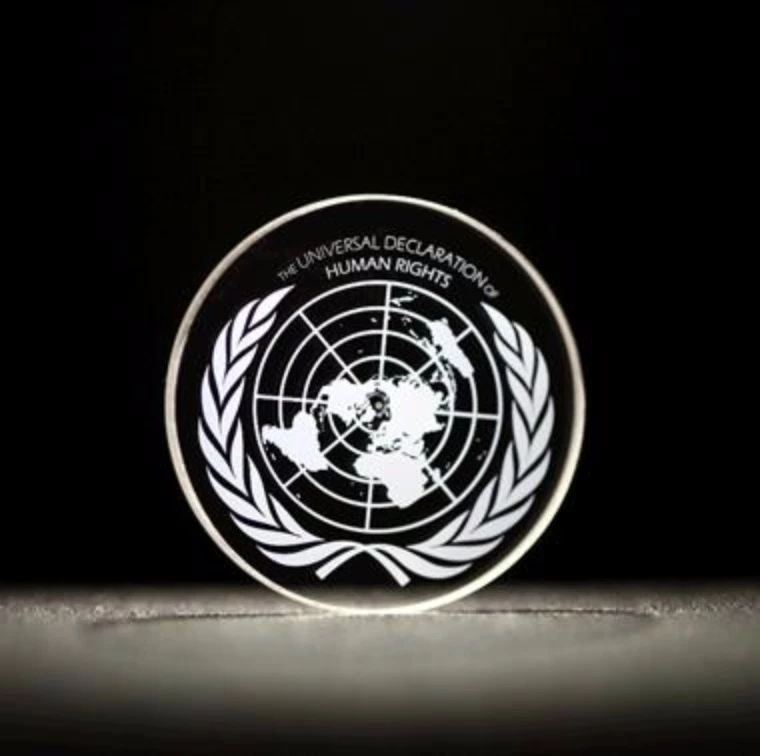The quest for high-density immutable storage has taken a big leap forward thanks to "Superman crystals" developed by scientists at the University of Southampton. The glass discs are reportedly capable of storing up to 360 TB/disc of data and will last almost forever at room temperature (or as long as the current 13.8 billion year age of our Universe at 190° C/374° F).
Much to the dismay of many, including audiophiles that discarded their vinyl in favor of CDs, conventional digitally-stored data doesn't last forever. In fact it's remarkably perishable. CDs and DVDs can deteriorate in decades, and hard drives have an ultimate 100 percent failure rate. In fact until recently, researchers focused on extending the life of digital data have found it challenging to exceed even 100 years.
A step toward a much more stable storage medium was taken by Hitachi in 2012, with its binary-coded dots etched within quartz glass. However, limitations in the volume of data a "disc" could hold as well as writing speeds have limited this technology.
The same Southampton team behind the current innovation first demonstrated the Superman crystal tech in 2013, but actual storage capabilities were limited. Their recent breakthrough, however, addresses that shortcoming.
To record data, a femtosecond (fs) laser delivers ultrashort (280-fs, with 1 fs = 10-15 seconds) light pulses onto a piece of quartz, creating microscopic dots (nano-gratings) in the quartz. Each dot encodes three bits of information including the position of the dot and the intensity and polarization of the light in three layers of the quartz. Ultimately a disc the size of a CD or DVD with about 1,000 layers would have a data capacity of hundreds of terabytes, compared with hundreds of megabytes for today's commercial discs.

The scientists behind this innovation anticipate future developments include increasing storage capacity by addingadditional polarization states as well as significant improvements to writetimes.
Current documents printed in this format as proof of conceptinclude the King James Bible, the Magna Carta and the Universal Declaration ofHuman Rights. A paper on the research was presented this past Wednesday at The International Society for Optical Engineering Conference in San Francisco.
The video below shows the femtosecond laser fabricating a 5D "Superman crystal" data storage disc.
Source: University of Southampton




